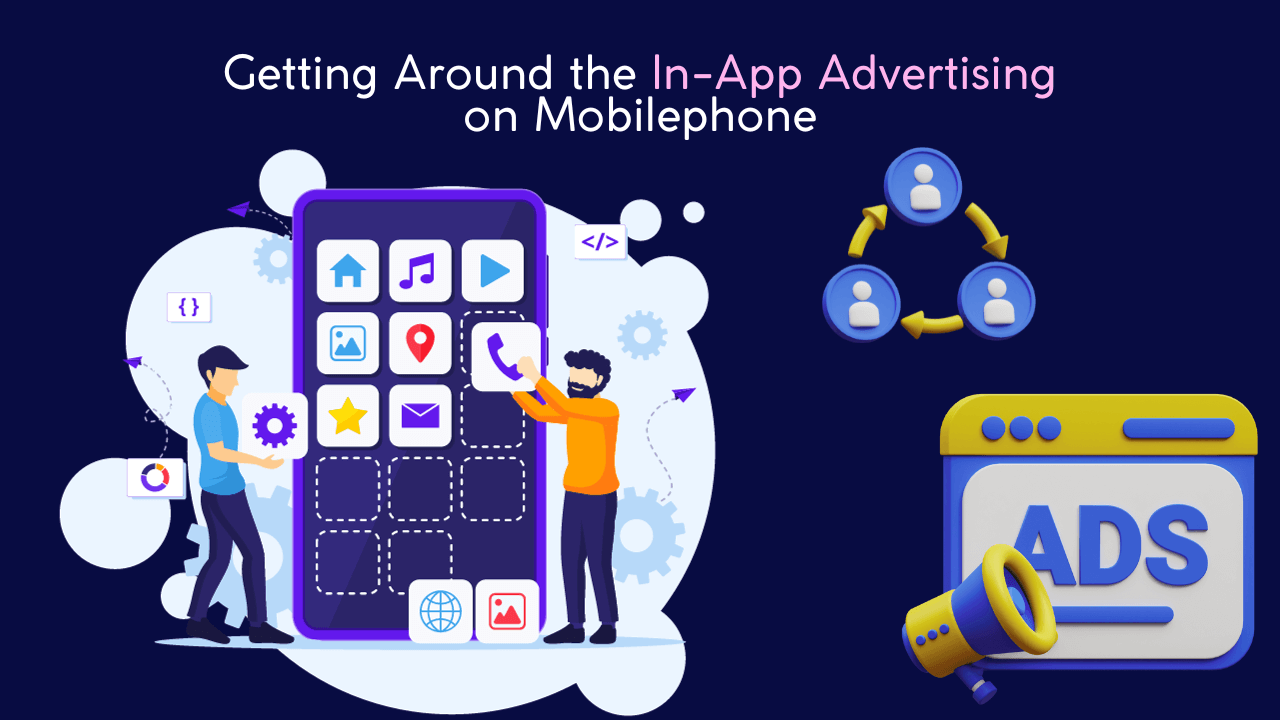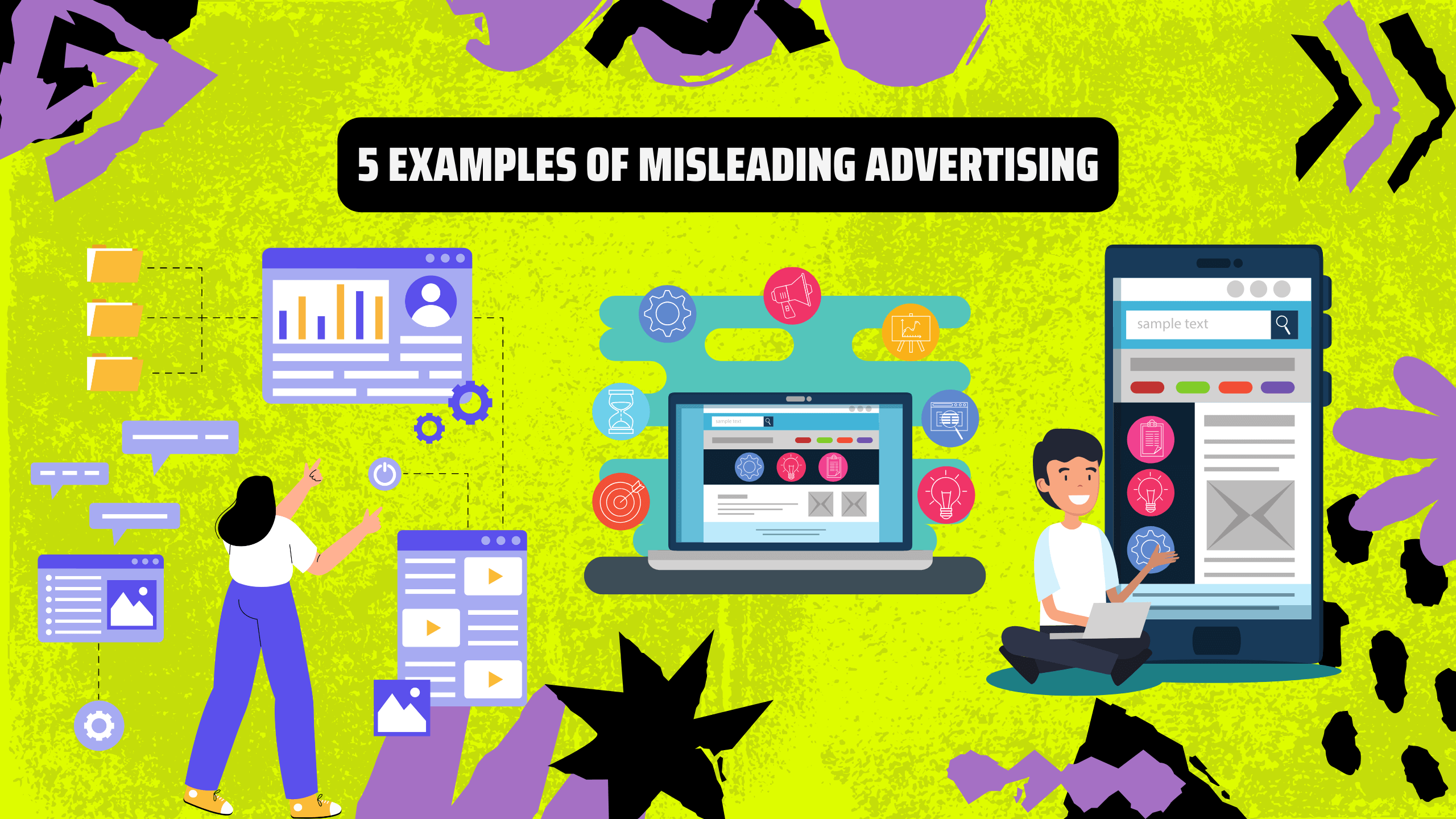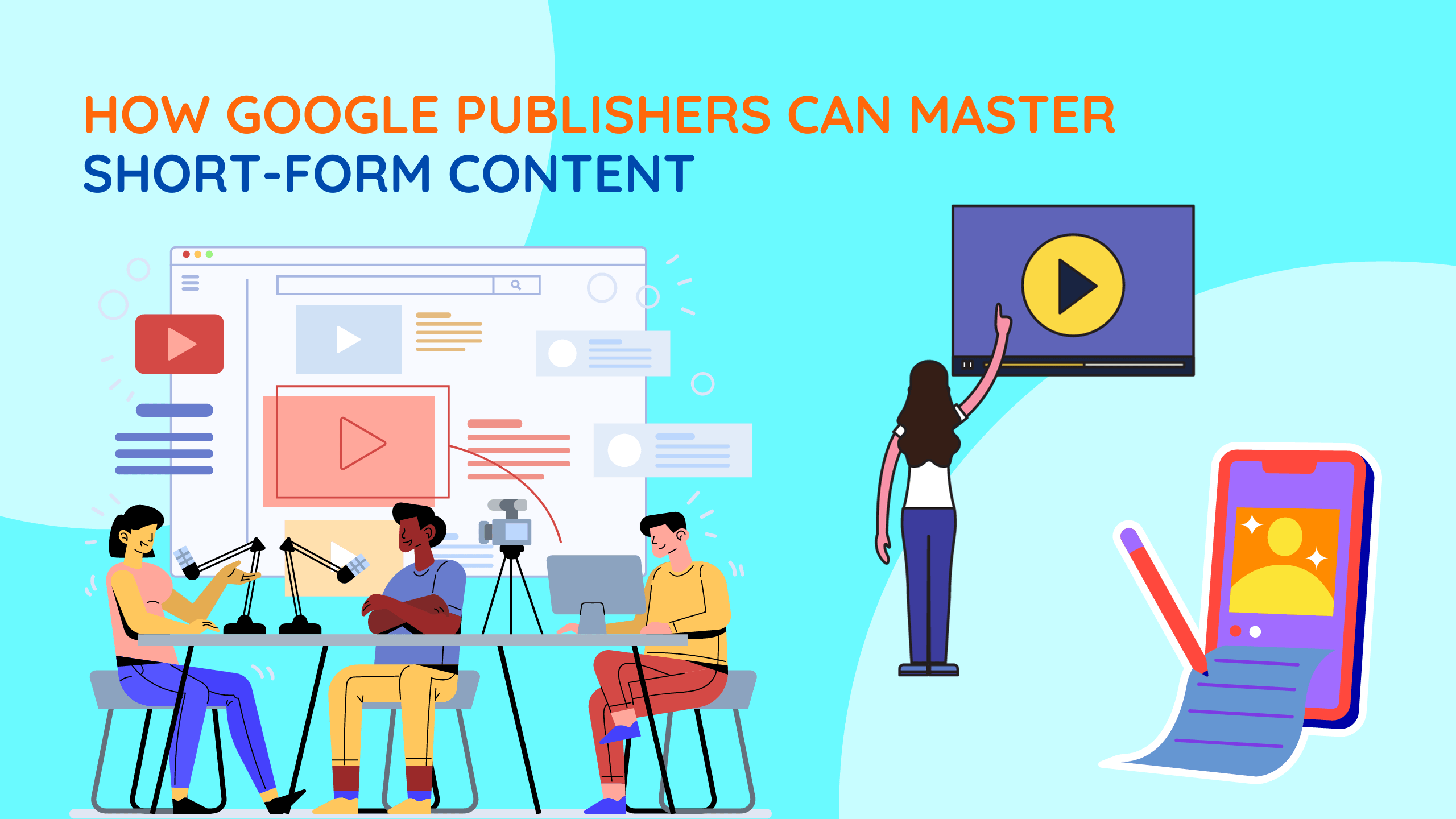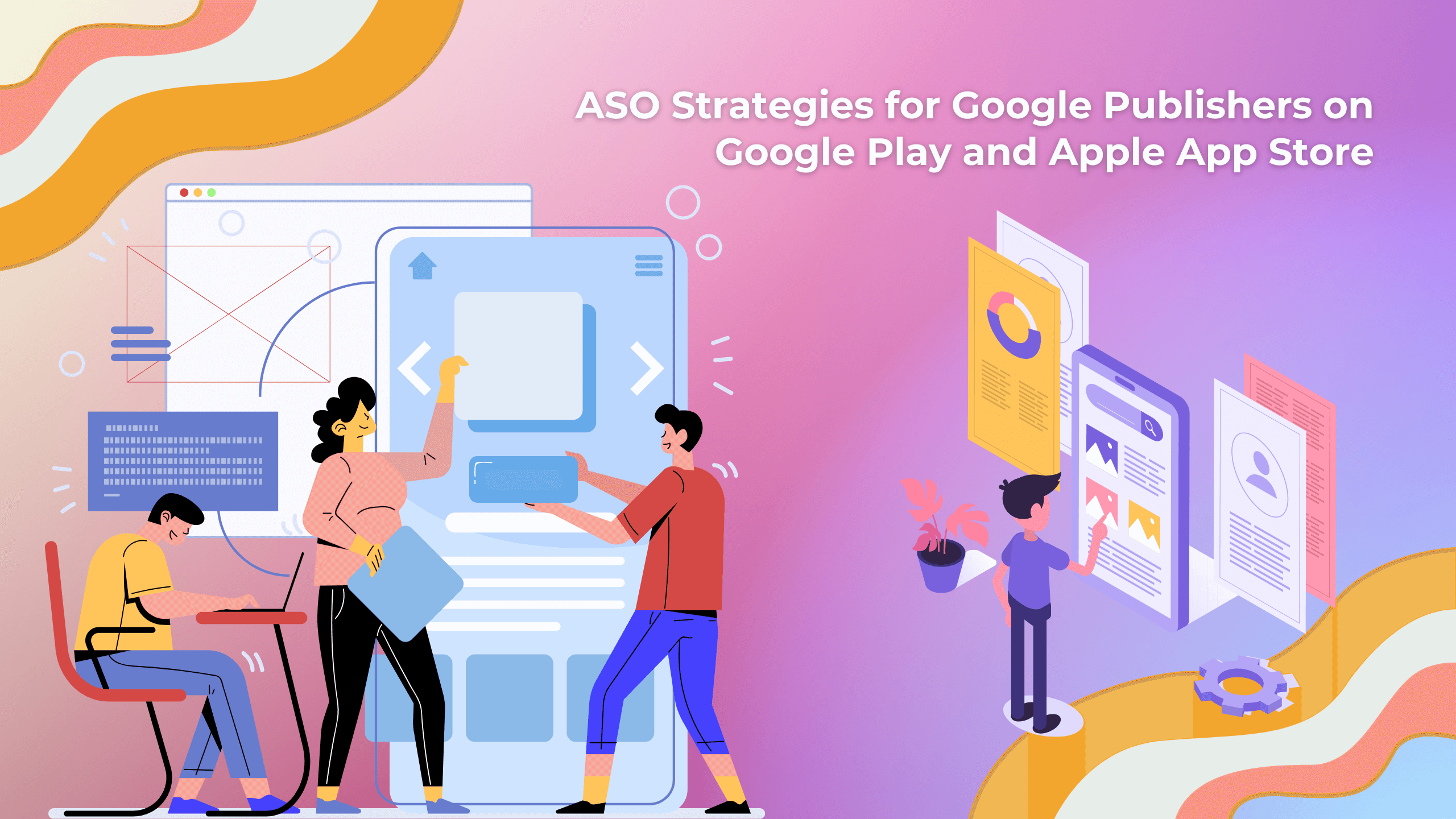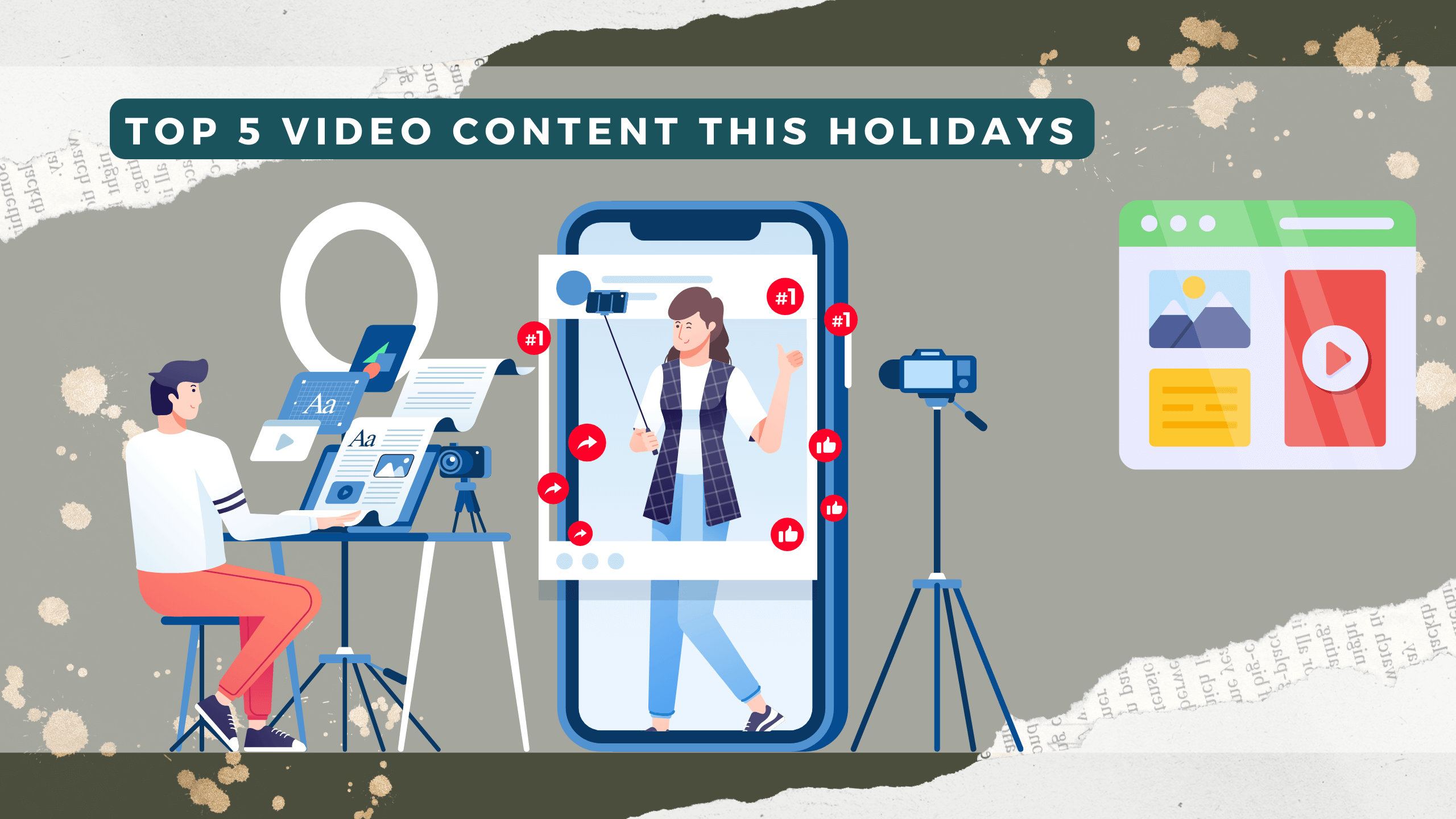In the modern age of technology, where smartphones are an essential part of our everyday existence, in-app advertising has become a potent and successful strategy for publishers and marketers. With mobile applications still ruling our digital lives, developers must grasp the subtleties of in-app advertising to monetize their products and keep users interested.
I. What is In-App Advertising?
The distribution of advertisements inside a mobile application is known as “in-app advertising.” In-app advertisements are designed with the mobile user experience in mind, as opposed to standard display ads on web pages. These advertisements can be in the form of banner ads, rewarded ads, interstitial ads, or native ads, among others. While providing advertisers with a focused and interesting platform to contact their audience, the main objective of in-app advertising is to make money for app developers.
II. The Benefits of In-App Advertising
With the ability to target users based on their preferences, activities, and demographics, in-app advertising offers a range of benefits to advertisers. Ad relevance is raised through precision targeting, which also raises engagement and conversion rates.
Furthermore, the in-app ad integration is carefully thought out to improve user experience rather than interfere with it. A smooth and pleasurable app experience is enhanced by thoughtful implementation, which encourages a favourable user attitude. These advertisements become an essential component of the entire app experience when they are done well.
Most importantly, in-app advertising gives developers additional ways to make money. Through ad impressions, clicks, and other engagement data, developers may create a steady revenue stream that does not depend only on upfront software purchases. Developers have a viable financial success model in the highly competitive mobile application market because to this diversification of revenue streams.

III. Types of In-App Advertising
Banner Ads: These are static or dynamic images that appear at the top or bottom of the app interface. Banner ads are commonly used for brand awareness and are less intrusive than other formats.
Interstitial Ads: Full-screen ads that appear between content transitions. Interstitials are attention-grabbing and can be effective for promoting products or services.
Native Ads: Designed to seamlessly blend with the app’s content, native ads match the look and feel of the app. They provide a non-disruptive way to integrate advertising content into the user experience.
Video Ads: Short video clips that play within the app. Video ads are engaging and effective for conveying a message quickly. They are often used for brand storytelling and product demonstrations.
Rewarded Ads: Users opt to watch these ads in exchange for in-app rewards, such as extra lives in a game or premium content. Rewarded ads create a positive interaction where users willingly engage with the advertising content.
IV. Best Practices for In-App Advertising
1. User Segmentation and Targeting:
Make good use of user data to divide up your audience and target adverts according to certain interests and habits. Having a thorough grasp of user preferences makes it possible to serve more relevant ads because they are highly targeted.
2. Strategic Ad Placement:
Lay out the user’s journey inside your app and place adverts in a way that improves rather than detracts from the user experience. Steer clear of invasive placements that could cause user annoyance and possibly app abandonment. A positive user interaction depends on the placement of ads with consideration.

3. Interactive and Engaging Content:
Create advertisements that promote user involvement and go beyond static displays. To greatly increase user engagement, include interactive components like polls, quizzes, and gamified advertisements. Ads cease to be an interruption and instead blend in with the user experience by encouraging interaction.
4. Optimized Ad Formats:
Select ad formats that go well with the user interface and design of your app. Try out several formats to find the ideal ratio between money generation and user experience. Selecting the best ad format guarantees that your app’s general usability is improved in addition to the ads’ visual appeal.
V. Measuring Success in In-App Advertising
- Click-Through Rate (CTR): Measure the percentage of users who click on an ad after seeing it. A higher CTR indicates that the ad is resonating with your audience.
- Conversion Rate: Track the number of users who take a desired action after clicking on an ad, such as making a purchase or downloading an app. This metric gauges the effectiveness of the ad in driving user actions.
- Retention Rate: Assess how well your in-app ads retain users. A high retention rate indicates that users find the ad content valuable and are likely to continue using the app.
- Lifetime Value (LTV): Calculate the value of a user over their entire lifecycle. Understanding the LTV helps in determining the long-term impact of in-app advertising on revenue generation.
VI. Challenges and Future Trends
1. Ad Fatigue:
Excessive exposure to advertisements can result in ad fatigue, diminishing user engagement. It is imperative to strike a delicate balance between effective monetization and preserving the overall user experience. This delicate equilibrium ensures sustained user interest and interaction within the app.
2. Ad Blocking:
Although less pervasive in in-app environments compared to web browsing, ad blocking remains a consideration. Developers and advertisers should concentrate on delivering non-intrusive and relevant ads to dissuade users from resorting to ad blockers. This approach promotes a positive relationship between users and advertisements.

3. The emergence of Augmented Reality (AR) Ads:
With the progression of augmented reality (AR) technology, there is a foreseeable integration of interactive and immersive AR ads within mobile apps. This innovative trend has the potential to redefine user engagement, providing a novel and captivating advertising experience.
4. Data Privacy and Personalization:
Evolving data privacy regulations necessitate a shift in focus towards user privacy. Developers and advertisers are anticipated to place a greater emphasis on contextual targeting, relying less on user-specific data. This trend aligns with the growing demand for personalized experiences while maintaining stringent privacy standards.
Conclusion
In-app advertising represents a dynamic and evolving landscape within the broader realm of digital marketing. Successfully navigating this landscape requires a keen understanding of user behaviour, strategic implementation of ad formats, and a commitment to delivering value to both users and advertisers. As technology advances, in-app advertising will play an increasingly integral role in shaping the future of mobile app monetization and user engagement. Developers and advertisers alike must stay agile, adapting their strategies to meet the ever-changing expectations of today’s mobile-savvy audience.

